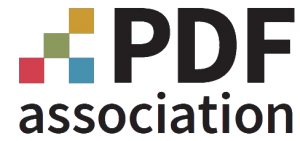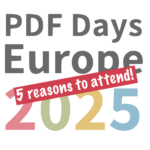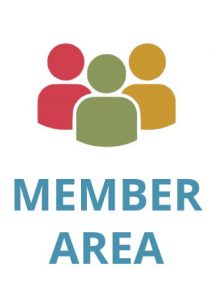PDF/UA Processor LWG
Improving accessibility support for PDF documents means improving the way PDF viewers, other PDF processors and assistive technology (AT) handle tagged PDF.
To support this objective the PDF/UA Processor LWG was created at the request of ISO TC 171 SC 2 WG 9, the ISO working group responsible for development of PDF/UA.
This Liaison Working Group is a meeting-place for the PDF and assistive technology industries to help drive the formalization of common understandings on processing PDF files that conform to ISO 14289 (PDF/UA), the standard for accessible PDF documents.
Although the current edition of ISO 14289, PDF/UA-1, includes some basic requirements for processors, these have not seen the same degree of marketplace uptake as PDF/UA’s file format requirements. Accordingly, PDF/UA-2, anticipated to be published in 2023, differs from PDF/UA-1 in that it will focus exclusively on file format requirements. Processor requirements will be developed in a separate dedicated specification, the work of this LWG.
Critical to this work is the involvement of developers who focus on assistive technology, including accessibility APIs. For this reason the Board of Directors has decided to make it possible for non-members with tangential interest in PDF technology to participate in the committee’s online discussions, meetings and development of the draft specification.
Join us! PDF Association members can simply join this community via the Member Area on pdfa.org. We strive to accommodate users with disabilities in all our communications, meetings and processes.
Participation
PDF Association members can join the PDF/UA Processor LWG by logging into pdfa.org, visiting the Member Area and clicking “Manage Communities”.
PDF Association LWGs are open to experts who wish to participate as either Invited or Liaison experts subject to their agreement with the PDF Association’s IPR Policy and Code of Conduct. Contact the community-manager@pdfa.org for more information.
Update!
Want to find out what we’ve been up to and where we are headed, since this article was written? Learn more in this article under “Our approach thus far,” “An example of the work,” and “Next steps”.





